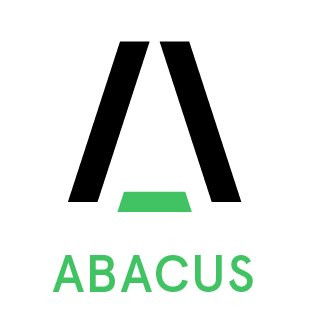Reading Medical PSU Data Sheets: 5 Things You Need to Know
15-02-2016 | By Philip Lechner
Designing medical equipment? You’ll need a power supply, but not just any power supply will do. The regulations in this area are strict to ensure patient safety. Thankfully, the most pertinent information can usually be found on a power supply’s datasheet. Here are a few things to look out for.
Beware of non-specific wording
International standard IEC/EN 60601-1, now in its third edition, relates to the safety and performance of medical electrical devices, setting out requirements to protect operators and patients that come into contact with that device from electric shock.
If a power supply is advertised as ‘medically approved’ or ‘approved for medical use’, that doesn’t mean that it is suitable for devices that will need IEC/EN 60601-1 approval.
There are many other devices used in a medical setting, such as lab diagnostic equipment, that are classed as in-vitro diagnostic medical devices (IVDs), which do not come into contact with patients under normal circumstances. IVDs require only IEC/EN 60950 conformity, the same level as most IT equipment or anything connected to the mains.
A power supply described as ‘medically approved’ may be suitable for this application, but it will likely not be suitable for devices that come into contact with the patient and therefore require IEC/EN 60601-1 conformity.
Medical terminology can be confusing
IEC/EN 60601-1 describes how many means of protection (MOP) are required for the application, split into means of operator protection (MOOP) and means of patient protection (MOPP). Essentially, a means of protection is a requirement for certain levels of isolation, creepage and insulation within the power supply to prevent electric shock.
The highest level of protection is two MOPPs. Most modern power supplies designed specifically for medical applications (such as the Bel Power MBC300 series pictured) will offer two MOPP and will say this explicitly on the data sheets (again, ‘approved for medical use’ does not mean there is sufficient MOP). Even if your application doesn’t require two MOPP, it may be sensible to specify a two MOPP power supply, as this will ease certification later.
If you are looking at a power supply with only one MOPP or with only MOOP, one MOPP may be introduced by adding an isolated DC-DC converter to the design. This obviously adds cost but is a relatively easy way to ensure compliance.
Leakage current requirements are different in the USA
Aside from the MOP, leakage current is another important criterion for standards compliance. Power supply leakage current is limited to 500µA by IEC60601-1, but there are additional standards in place for the USA. For a class 1 PSU (with a protective connection to earth) that’s intended for patient care, the USA limit is 300µA. For a class 2 PSU (with a double insulation layer that means it doesn’t require connection to earth) that’s intended for patient care, the USA limit is 150µA.
Check the data sheets to ensure the power supply is suitable for the application and market you have in mind. Checking the MBC300’s data sheet (highlighted below) shows the leakage current is below 250µA for supply voltage 230VAC (i.e. European mains), and it’s below 125µA for supply voltage 120VAC (i.e. USA mains), so it meets both class 1 and class 2 requirements for both markets.

The efficiency quoted is always a ‘best-case scenario'
Power supply data sheets will often state the efficiency of the product as a single figure, but very often, this efficiency is the best-case scenario; that is, it’s the efficiency measured under a controlled set of conditions that may or may not match the operating conditions in your application.
Efficiency is actually dependent on several operating parameters. For a start, the power supply will have different efficiencies at different supply voltages. The MBC300’s data sheet shows an efficiency of 88% for US mains at 92% for European mains voltages (highlighted below). Power supplies are less efficient at lower line voltages because they have to draw more current to deliver the same power. Since losses in the components increase with the square of the current, the effect is substantial.
Efficiency is also heavily dependent on load; a power supply is usually most efficient under full load, and most are very inefficient under low load or no load conditions. This is because there is less power supplied to low loads, and efficiency is the ratio of output power to input power.
Another factor that has an effect is the temperature of the power supply. At high temperatures, the resistance of many of the power supply’s components increases, which leads to more significant losses.
These factors combined mean it’s unlikely that a power supply in a real-world application will be able to match the efficiency figures quoted on its datasheet.

Derating curves and how to read them
Derating curves show the power supply’s output for a given set of conditions over a temperature range and provide a quick way to estimate the maximum output power at a particular temperature. Note that there are different curves shown for different cooling conditions. From the MBC300’s data sheet, there are different curves given for convection cooling (without a fan) and for 300 LFM (linear feet per minute) of forced airflow from a fan.
Note that ‘ambient temperature’ is another phrase that can mean different things. Power supplies give off so much heat that they effectively create their own ambient temperature by heating the surrounding air. The air temperature close to the unit may therefore be much higher than the general temperature of the air in the device’s environment. If in doubt, check with the manufacturer or manufacturer’s authorised distributor, or perform your own tests on the model under consideration for a definitive answer.

